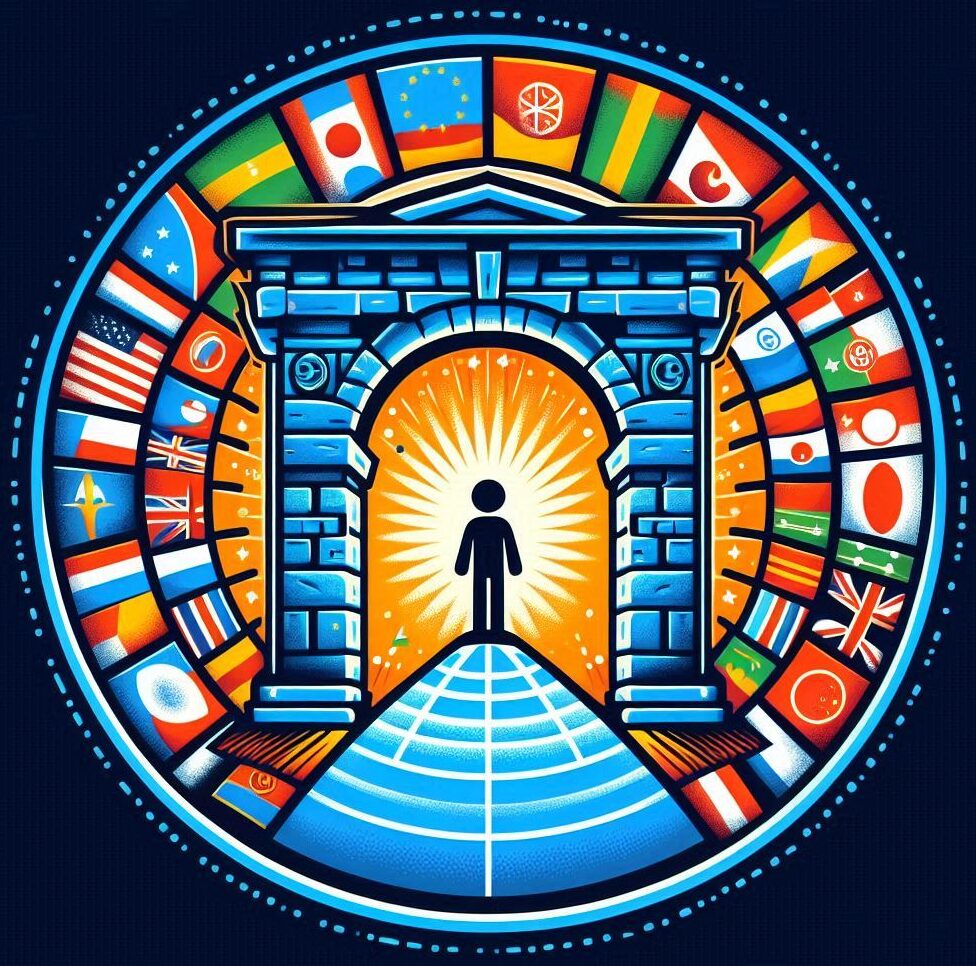
Learning sign language is not just a skill—it’s a way to connect with millions of people around the world who communicate using visual, manual language. Whether you’re learning to communicate with a loved one, exploring a new skill, or deepening your understanding of deaf culture, the accessibility of online platforms has made learning sign language more convenient than ever. With the right resources and strategies, you can successfully learn sign language from the comfort of your home. In this guide, we’ll explore key steps and methods to help you learn sign language online.
1.Understand the Basics: Why Learn Sign Language?
Before diving into online learning methods, it’s important to understand why learning sign language can be such a valuable endeavor. Sign language serves as the primary mode of communication for the Deaf community and people with hearing impairments. In addition, many families of Deaf individuals or people with auditory challenges learn sign language to communicate better. Beyond personal or familial reasons, sign language has professional applications for teachers, interpreters, healthcare workers, and customer service professionals.
Sign language is not a universal language—each country or region may have its own system. American Sign Language (ASL) , British Sign Language (BSL) , and French Sign Language (LSF) are a few examples, each with its own unique grammar and vocabulary. When learning online, it’s important to decide which form of sign language you want to study, based on your goals and the community you plan to interact with.
Key takeaway: Your journey starts by choosing which sign language is most relevant to you and understanding its significance in the broader linguistic landscape.
2.Choosing the Right Online Resources
Once you’ve decided which sign language you want to learn, finding the right online resources is crucial. With the proliferation of digital learning platforms, it’s easier than ever to access high-quality sign language courses, videos, and interactive lessons.
Sign Language Learning Websites
There are several dedicated websites designed specifically to teach sign language. Some popular options include:
- SignSchool: A comprehensive platform that offers free ASL lessons. Users can access a variety of levels from beginner to advanced, with interactive lessons that include quizzes and flashcards.
- ASL University (Lifeprint): Created by Dr. Bill Vicars, this site offers a wealth of free instructional videos, lesson plans, and resources for learners at different stages.
- British-Sign.co.uk: For those interested in BSL, this website provides structured lessons, with options for beginners and those looking for more advanced instruction.
Mobile Apps for Learning Sign Language
Mobile apps are a convenient way to learn on the go. Many apps offer video-based lessons and interactive activities to reinforce learning.
- The ASL App: Designed by Deaf ASL users, this app teaches sign language through a series of lessons organized by categories. It’s user-friendly, with short, accessible lessons that cover both everyday words and more complex phrases.
- Sign BSL: A dictionary-style app for learning BSL. The app features a search tool that lets users find specific signs quickly.
YouTube Channels
YouTube is a treasure trove of free educational videos that teach sign language. Channels like ASL Meredith (https://www.youtube.com/@ASLMeredith) and Bill Vicars (https://www.youtube.com/user/billvicars) offer step-by-step lessons, providing a visual and immersive learning experience. These platforms are great for visual learners who benefit from watching fluent signers in action.
Key takeaway: Choose a platform that fits your learning style, whether it’s structured courses on websites, mobile apps for convenience, or video lessons for visual reinforcement.
3.Practice and Immersion: Going Beyond Theory
Learning sign language isn’t just about memorizing signs—it’s about understanding how to communicate effectively. Immersion is key to becoming proficient in any language, including sign language.
Join Online Communities
One of the best ways to practice is by joining sign language communities online. Many Deaf and sign language learning communities host video calls or chats where learners can practice and receive feedback from fluent signers. Platforms like Facebook groups , Reddit’s r/learnASL , or even Discord communities offer spaces where you can connect with others, ask questions, and practice signing.
Sign Language Tutors and Online Classes
If you’re serious about learning sign language, working with a tutor can greatly accelerate your progress. Online tutoring platforms like italki (https://www.italki.com) or Superprof (https://www.superprof.com) offer one-on-one lessons with professional sign language tutors. This individualized attention allows for immediate feedback and personalized lesson plans.
Practice in Everyday Situations
Even if you’re learning online, it’s crucial to practice in real-life contexts. Try signing along to songs, signing while watching TV, or practicing daily phrases and conversations with friends or family. Immersing yourself in Deaf culture, through films or documentaries, can also help improve your understanding and appreciation of the language.
Key takeaway: Immersion and consistent practice, whether through online communities or everyday applications, are vital to mastering sign language.
4.Overcoming Challenges in Learning Sign Language Online
While learning sign language online offers incredible convenience, it’s not without its challenges. One common difficulty is the absence of direct, in-person feedback. To overcome this, it’s essential to:
- Record Yourself Signing: Use your phone or webcam to record yourself practicing signs. Then, compare your signs to those in instructional videos or send them to a tutor for feedback. This helps you identify mistakes in handshape, facial expressions, or movements.
- Slow and Steady Progress: Sign language involves more than just hand movements; facial expressions and body language are integral to conveying meaning. Be patient as you practice these aspects, and take the time to observe them in Deaf signers.
Another challenge can be finding the time to practice regularly. Unlike spoken languages where you can find passive practice opportunities by listening to conversations or media, sign language requires dedicated, active practice sessions. Creating a schedule and setting specific goals can help you stay consistent.
Key takeaway: Address challenges with patience and strategy by recording your practice, seeking feedback, and maintaining a consistent learning routine.
5.Tracking Your Progress and Setting Long-Term Goals
Learning any new language is a journey that takes time, and sign language is no different. To stay motivated and track your progress, it’s helpful to set measurable goals. Break your learning down into manageable milestones, such as learning 100 new signs or being able to hold a basic conversation in sign language. Celebrate each achievement to stay motivated.
Take Certification Courses
Once you’ve reached a more advanced level, consider taking an online certification course in sign language. Certification can be valuable if you’re looking to use sign language in a professional capacity, such as becoming an interpreter or working in a Deaf-friendly environment.
Teach What You’ve Learned
One of the best ways to reinforce what you’ve learned is by teaching it to others. Share your new skills with friends, family, or even through social media. This not only helps solidify your knowledge but also raises awareness about the importance of learning sign language.
Key takeaway: Keep your learning organized by setting goals and continually assessing your progress, with the option to pursue certification for professional development.
Conclusion: The Power of Learning Sign Language
Learning sign language online is not just about acquiring a new language—it’s about bridging communication gaps and embracing a community that uses visual, manual language to express itself. The journey may take time and effort, but the rewards are immense, whether you’re learning for personal, professional, or social reasons.
In the words of George Veditz, an early advocate for the preservation of sign language, “Sign language is the noblest gift God has given to Deaf people.” As you embark on this journey, remember that every sign you learn brings you closer to a world of richer communication and deeper understanding. Keep practicing, stay curious, and celebrate every milestone along the way.
